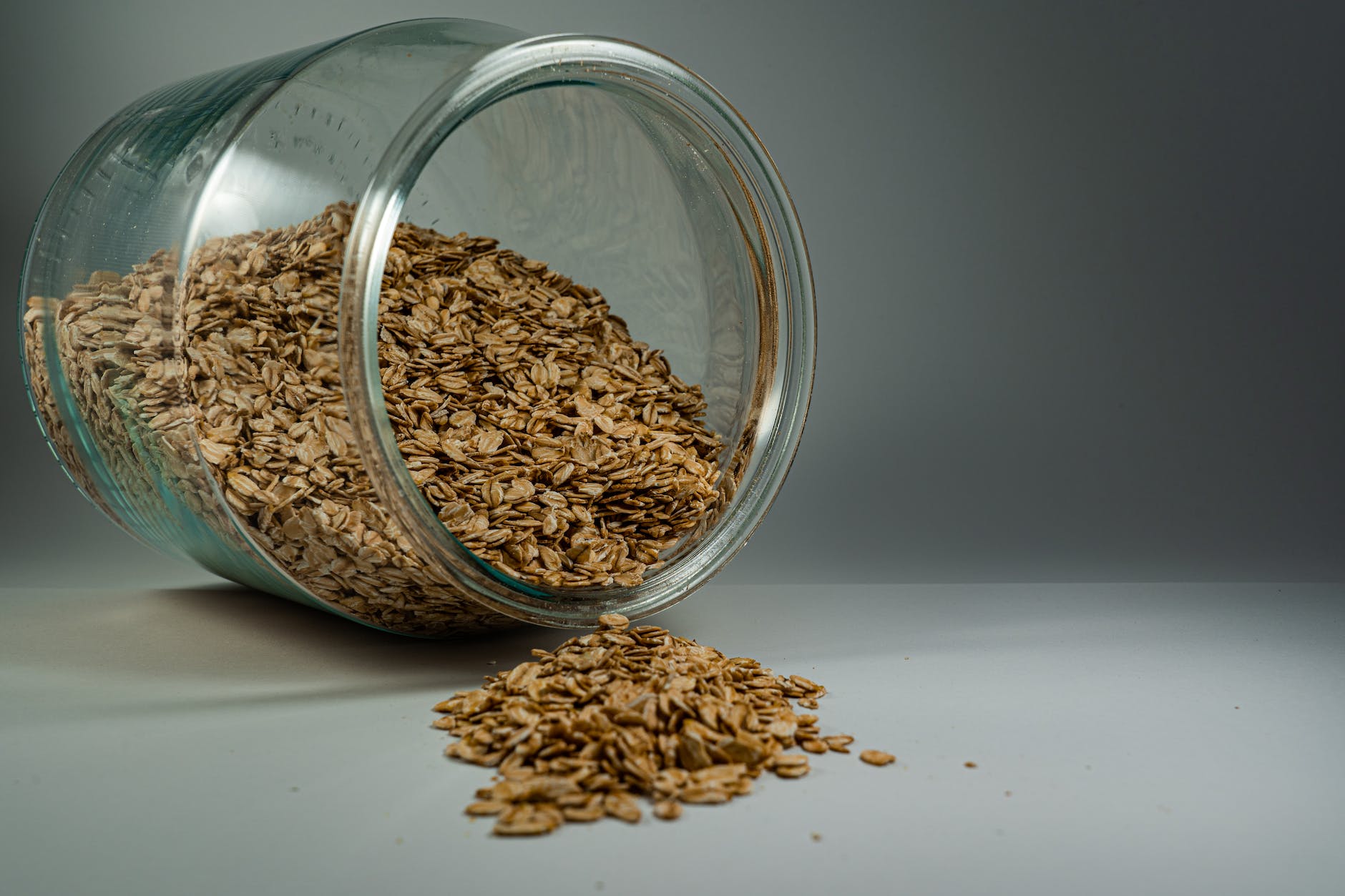In complementary medicine, brewer’s yeast has many health benefits. It is frequently used to treat digestive issues and stop diarrhea. Diabetes and respiratory conditions like the flu and the common cold may potentially benefit from its treatment.
IBS and diabetes may benefit from the use of an inactive type of yeast.
Brewer’s yeast is created as a byproduct of brewing beer, as the name implies.
This article examines some of the health benefits claims made regarding brewer’s yeast, considers potential adverse effects, and considers how brewer’s yeast may interact with other drugs.
Health Benefits of Brewer’s Yeast
The dried, deactivated (dead) cells of Saccharomyces cerevisiae are known as brewer’s yeast. It’s a great source of minerals, protein, and B vitamins. Chromium is one of those minerals that might aid in blood sugar regulation.

There’s not much evidence to support the claims made about the health benefits of brewing yeast. Nevertheless, alternative medicine experts assert that it contains helpful elements.
The diarrhea
Brewer’s yeast was originally thought to be able to treat diarrhea brought on by the Clostridium difficile (C. diff) bacteria.
More recent studies, however, have shown that a different kind of probiotic yeast called Saccharomyces boulardii is effective against C. diffinfection.
Bowel Irritability Syndrome
Irritable bowel syndrome (IBS) symptoms may be alleviated by using brewer’s yeast. Constipation, diarrhea, gas, and abdominal pain are common symptoms of IBS, a digestive illness.
A 2017 analysis of research found that compared to placebo, IBS patients taking brewer’s yeast were 51% more likely to see at least a 50% reduction in symptoms.
It’s crucial to remember that there were just two trials and 579 participants overall in this research review. Although encouraging, this study should only be regarded as preliminary.
Infections of the upper respiratory tract
Brewer’s yeast is used by some people to treat upper respiratory tract illnesses, including the flu and the common cold. How brewer’s yeast might combat various illnesses is unknown.
According to some supporters, it strengthens the immune system in a way that enables your body to “treat itself.” Weak early evidence points to a possible connection.
Additionally, some research indicates that taking brewer’s yeast supplements after being ill may lessen the severity of upper respiratory tract infections.
Diabetes Type 2
Glucose tolerance factor (GTC) is a kind of chromium found in brewer’s yeast. It has been demonstrated that GTC enhances insulin responsiveness. One hormone that aids in turning sugar into energy is insulin.
GTC could facilitate the body’s absorption of blood insulin. That could aid in the treatment of insulin resistance, a disorder that raises the risk of type 2 diabetes.
The initial findings of brewer’s yeast in individuals with type 2 diabetes are encouraging:
- A 9% decrease in blood sugar was observed in 2013 research.
- A 2015 study found a marginally favorable impact on blood sugar levels.
Another 2013 study found that brewer’s yeast helped those with type 2 diabetes with hypertension or elevated blood pressure:
- The upper number, or systolic pressure, decreased by an average of 4.1 millimeters of mercury.
- Diastolic pressure decreased by 5.7 mmHg (lower number).
Brewer’s yeast safety
In general, brewer’s yeast is regarded as safe for brief usage. On the other hand, adverse drug interactions and side effects are possible. Also, it is unsafe for those who have specific medical issues.
Adverse Reactions
Side effects are possible with even “natural” therapy. Some people’s reactions to brewer’s yeast include:
- Headaches
- upset stomach
Contraindications for Gas (Who Shouldn’t take it)
Not everyone is a good fit for brewer’s yeast. Brewer’s yeast may need to be restricted or avoided if you have any of the following health issues:
- allergy to yeast
- recurring yeast infections in the vagina
According to research, it might make Crohn’s disease or ulcerative colitis worse.
Compromised immune systems due to advanced HIV (may cause a fungal infection) or organ transplant
Being a mother or nursing
If you’re nursing, brewer’s yeast might help boost milk output.
On the other hand, not much is known regarding brewer’s yeast safety during pregnancy or lactation. Prior to using it, ask your healthcare provider.

Diabetes
If you take diabetes medicine, keep a close eye on your blood sugar levels once you start taking brewer’s yeast. Hypoglycemia, or dangerously low blood sugar, could result from it.
Drug Interactions
Some drugs may have negative interactions with brewer’s yeast. Inform your pharmacist and doctor about everything you take, including over-the-counter and natural remedies.
Before using brewer’s yeast along with any of the following drugs, consult your doctor.
Inhibitors of Monoamine Oxidase (MAOIs)
Depression is frequently treated with MAOIs. Among them include Marplan (isocarboxazid).
- Phenelzine, or Nardil
- Selegiline, or Emsam
- (Tranylcypromine) parnate
MAOIs function by preventing your body from metabolizing the dietary ingredient tyramine. Tyramine is present in considerable concentrations in brewer’s yeast.
Tyramine spikes can occur when taking brewer’s yeast with an MAOI. A hypertensive crisis—a rapid spike in blood pressure—may result from that.
Demerol (Meperidine)
Demerol (meperidine) is a narcotic that is used to alleviate moderate to severe pain. When mixed with brewer’s yeast, it can also result in a hypertensive crisis.
Antifungal Medication
Antifungal medications like Diflucan (fluconazole), Lamisil (terbinafine), and Sporanox (itraconazole) may be affected by brewer’s yeast.
Make sure your pharmacist and healthcare provider know about all of your medications, including brewer’s yeast, if you develop a fungal infection, particularly a yeast infection. They are able to counsel you on the safest path of action.
Dosage & Setting Up
There are no set rules for the safe or efficient use of brewer’s yeast.
You can get brewer’s yeast as a pill or as a powder. Doses of 250–1,000 milligrams are common for tablets.
Typically, brewer’s yeast powder is combined with water or other drinks. Most manufacturers advise taking one to two tablespoons each day.
Some people find the bitter flavor of brewer’s yeast offensive. Blending it into a juice or smoothie could be beneficial.
Starting with lower dosages and progressively increasing it over a few days or weeks is a smart approach. Never use more than the product label’s suggested dosage.
Things to Watch Out for
Brewer’s yeast is available online and in many health food stores.
Not every product made with brewer’s yeast is made equally. This is particularly true—and varies from brand to brand—of powdered brewer’s yeast.
While tablets may have a higher vitamin content than powders, powders may be more affordable. To be certain, verify the label.
Selecting pure brewer’s yeast devoid of additions, sugars, or fillers is preferable. Verify whether all nutritional information, including the daily value (DV) of vitamins, minerals, protein, fiber, and fat, is listed on the box. Not many goods do.
Never Bake or Brew With It
Because the cells in brewer’s yeast aren’t active (living), it can’t be used to make beer or bake goods.
Comparing Nutritional and Brewer’s yeast
The fermentation of Saccharomyces cerevisiae yields brewer’s yeast. It is a leftover from brewing beer. The yeast cells are extracted, deactivated, and pasteurized.
Saccharomyces cerevisiae is also known as nutritional yeast. However, it is not produced by brewing. Instead, it is cultivated on grains like corn, rice, or other cereals.

While nutritional yeast has a flakier texture and a nutty, cheesy taste, brewer’s yeast tastes bitter while being almost identical.
Vegetarians and vegans frequently use nutritional yeast in place of parmesan cheese on pasta or in creamy or cheesy sauces due to its more palatable flavor.
Both Baker’s and Beer Yeast
Pharmacies and health food stores carry brewer’s yeast. Typically, beer yeast is only available in establishments that sell supplies for brewing beer.
Beer yeast is nevertheless sometimes referred to as “brewing yeast.” It can be produced or flowered to give beer its bubbly carbonation and yeasty flavor, unlike brewer’s yeast, which is no longer active.
In the same way, the word “baker’s yeast” can refer to active dry yeasts used to raise bread, or it might refer to brewer’s yeast.
Store your brewer’s yeast among your vitamins and medications, not in the pantry or spice cabinet, as the titles can be misleading. Consult the product’s label or enquire with a store employee if you have any questions about its intended use.
Inform your healthcare physician as soon as possible if you use beer yeast or active dry yeast in place of brewer’s yeast. As the yeast cells begin to proliferate and release gas, it can lead to digestive issues.
Brewer’s yeast is a type of dormant fungus that is used to make beer. It is not the same as the active yeast that is used to make beer and bake goods.
Brewer’s yeast, either in tablet or powder form, is suggested by some practitioners of alternative medicine as a treatment for diabetes, diarrhea, IBS, colds, and flu.
To Conclude on Health Benefits of Brewer’s Yeast
There isn’t much data to support the medical use of brewer’s yeast. It may have negative interactions and side effects with some drugs.
Speak with your healthcare physician before trying brewer’s yeast if you’re considering it. In this manner, the potential advantages will always exceed the potential hazards.
